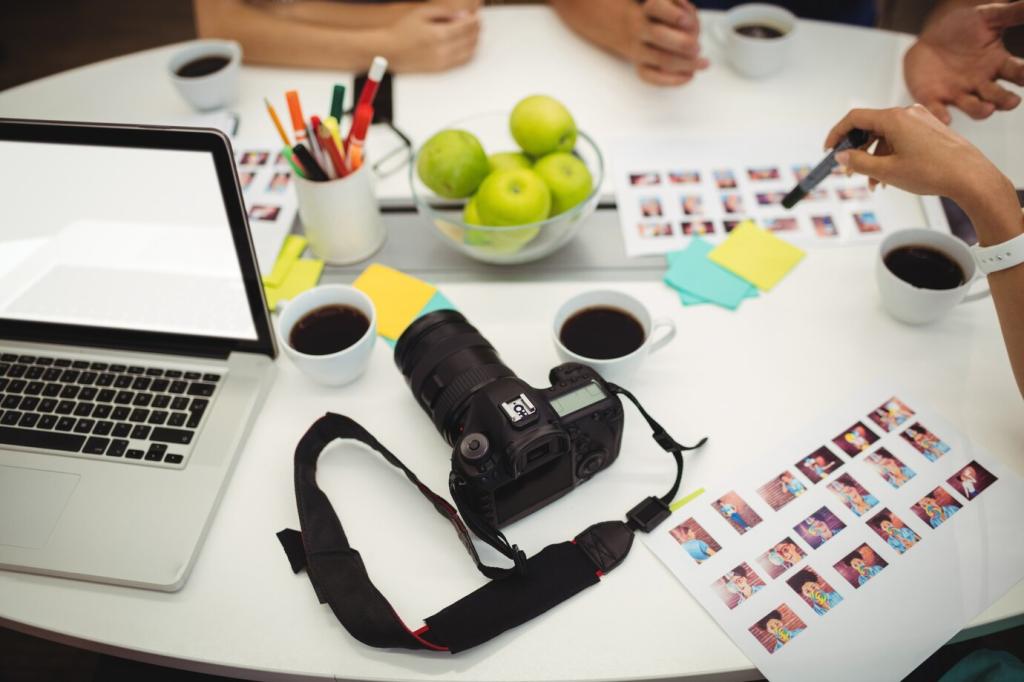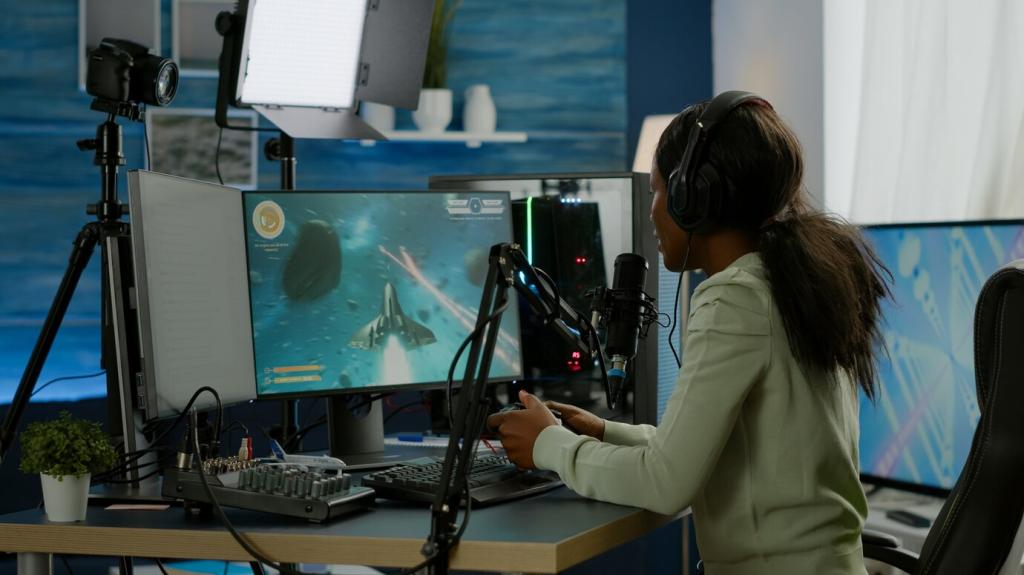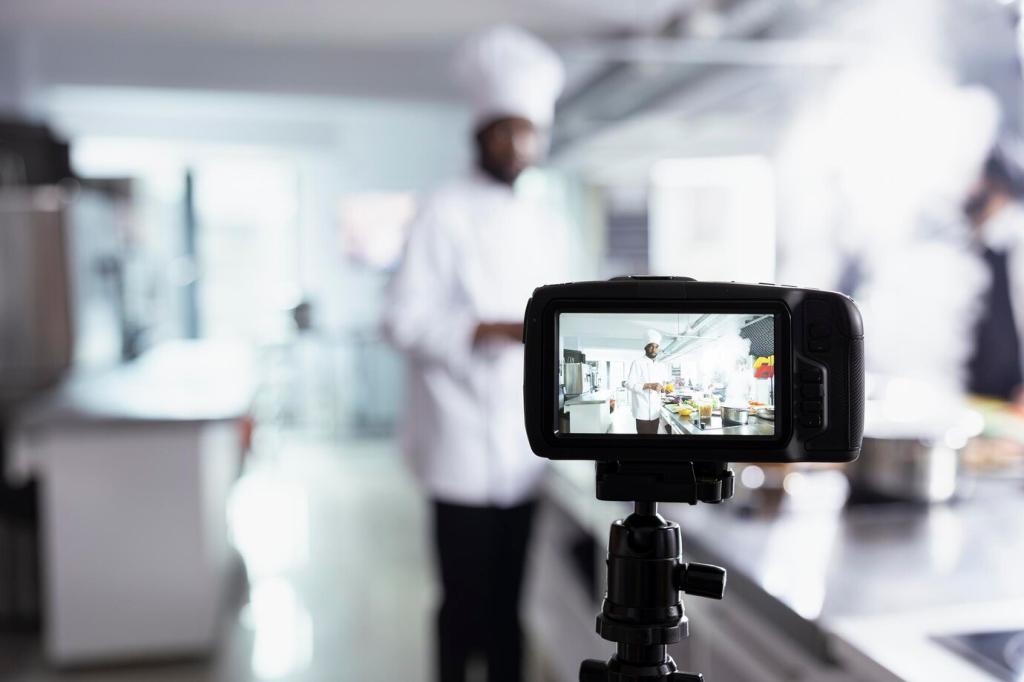Embracing the Shift from Analog to Digital Technology
Today’s chosen theme: The Shift from Analog to Digital Technology. Together, we’ll explore how waves become bits, how habits evolve, and how to preserve what matters while embracing what’s next. Share your experiences and subscribe for weekly insights, guides, and stories.



From Waves to Bits: Understanding the Core Differences
Analog is a smooth, continuous wave; digital samples that wave at fixed intervals and rounds values into discrete steps. Sample rate captures time detail, bit depth captures amplitude. Ever digitized tape hiss and noticed silence between breaths? That’s quantization at work.
From Waves to Bits: Understanding the Core Differences
Analog degrades gradually with hiss, hum, wow, and flutter, while digital often fails abruptly with clicks or dropouts. Proper gain staging, dithering, and error correction improve results. Do you prefer vinyl crackle’s charm or the pristine stillness of lossless audio?




This is the heading
Lorem ipsum dolor sit amet, consectetur adipiscing elit. Ut elit tellus, luctus nec ullamcorper mattis, pulvinar dapibus leo.

This is the heading
Lorem ipsum dolor sit amet, consectetur adipiscing elit. Ut elit tellus, luctus nec ullamcorper mattis, pulvinar dapibus leo.
Preserving Analog Heritage in a Digital Age
Archiving Audio, the Right Way
Capture at high resolution—24-bit, 96 kHz or better—then normalize conservatively and save losslessly. Document decks, azimuth adjustments, and noise reduction choices in metadata. What’s your archiving chain, and which lessons did you learn while rescuing a fragile cassette or reel?
Scanning Photos and Film
Aim for 600–1200 DPI for prints, far higher for slides and negatives. Calibrate color, remove dust with careful cleaning, and store originals properly. Have you compared flatbed and dedicated film scanners, and which workflow protected detail without creating unmanageable file sizes?
Digital Longevity and Redundancy
Practice the 3-2-1 rule: three copies, two media types, one off-site. Use checksums, verify restores, and migrate formats before obsolescence. What’s your backup routine, and would it survive a drive failure, account lockout, or accidental deletion during a late-night edit?


The Human Side: Tactility, Ritual, and Nostalgia
Cleaning a stylus, threading film, or rewinding a tape slows time and deepens attention. Translate that intention digitally: schedule listening sessions, annotate playlists, and protect deep work. Which analog ritual do you keep alive to enrich your digital creative flow today?
The Human Side: Tactility, Ritual, and Nostalgia
Haptics, pencil-like styli, and thoughtful sound design bring tactility to screens. Mechanical keyboards echo typewriters while preserving speed. What tactile cues help you focus—clicky keys, paper-like tablets, or curated workspace lighting that signals it’s time to make something meaningful?


What’s Next: Hybrid Futures and Responsible Innovation
Sensors read the physical world; converters translate it; algorithms learn and react. Edge devices shrink delays, while creators shape signals with both circuits and code. Where do you see hybrid workflows making the biggest impact—in music, imaging, education, or healthcare?
Digitization must confront e-waste and energy. Choose repairable gear, extend lifecycles, and recycle responsibly. Migrate data intentionally rather than endlessly upgrading. What sustainability practices guide your purchases, and how can our community swap parts, tips, and knowledge to reduce waste?
Join our newsletter for field-tested workflows, gear deep dives, and interviews with archivists and artists navigating this shift. Comment with questions, request topics, and help shape our next guide on preserving culture while exploring the promise of digital craft.
